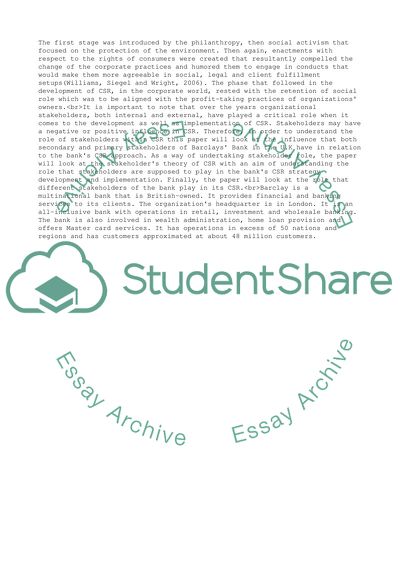Cite this document
(“Role of stake holders Essay Example | Topics and Well Written Essays - 1750 words”, n.d.)
Retrieved from https://studentshare.org/management/1673241-role-of-stake-holders
Retrieved from https://studentshare.org/management/1673241-role-of-stake-holders
(Role of Stake Holders Essay Example | Topics and Well Written Essays - 1750 Words)
https://studentshare.org/management/1673241-role-of-stake-holders.
https://studentshare.org/management/1673241-role-of-stake-holders.
“Role of Stake Holders Essay Example | Topics and Well Written Essays - 1750 Words”, n.d. https://studentshare.org/management/1673241-role-of-stake-holders.


